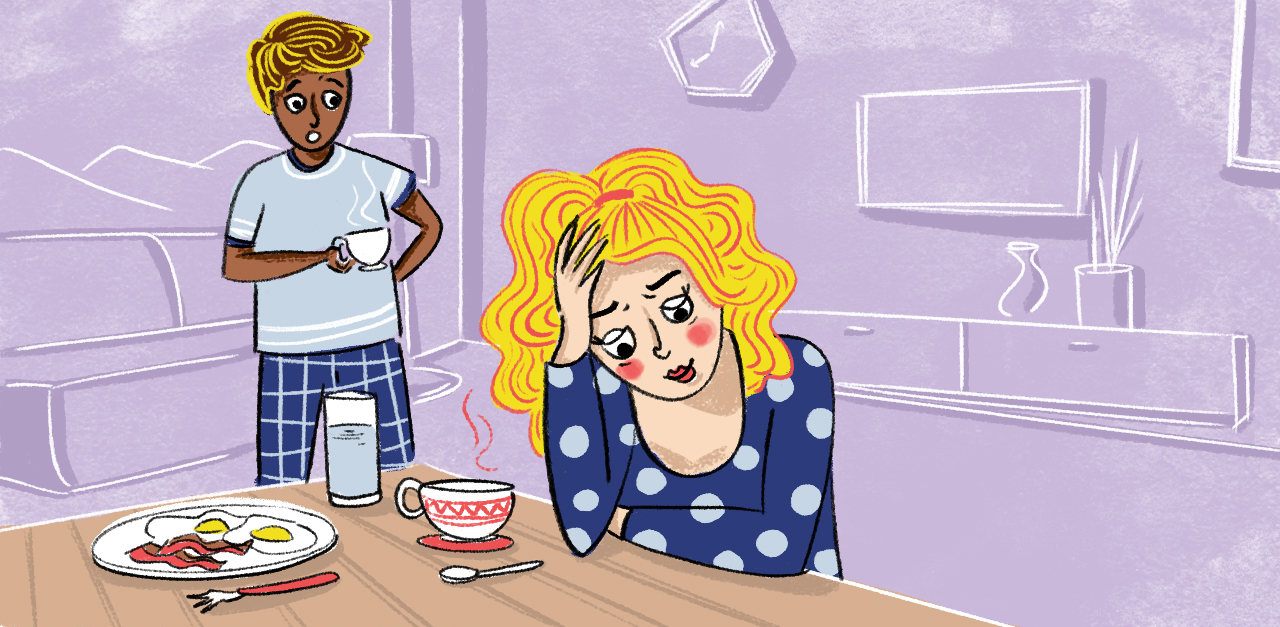
Most people have endured a few headaches in their lifetimes. These run-of-the-mill headaches typically come and go in a few hours. Although they’re annoying, they don’t usually disrupt your entire day.
Then there are migraines, which are significantly worse. When you have a migraine, it can feel like someone is literally taking a hammer to your head. According to the Mayo Clinic, “Migraine attacks can cause significant pain for hours to days and can be so severe that the pain is disabling.”
If you’re dealing with these types of headaches very often, you’re probably a chronic migraine sufferer. Chronic migraines occur more frequently than regular migraines, and they can be more severe. It can get to the point where these migraines even affect your eyesight and make you nauseous.
The causes of migraines are not entirely understood, but there are common symptoms people should be aware of. Here are 11 symptoms to look out for.
What Is a Chronic Migraine?
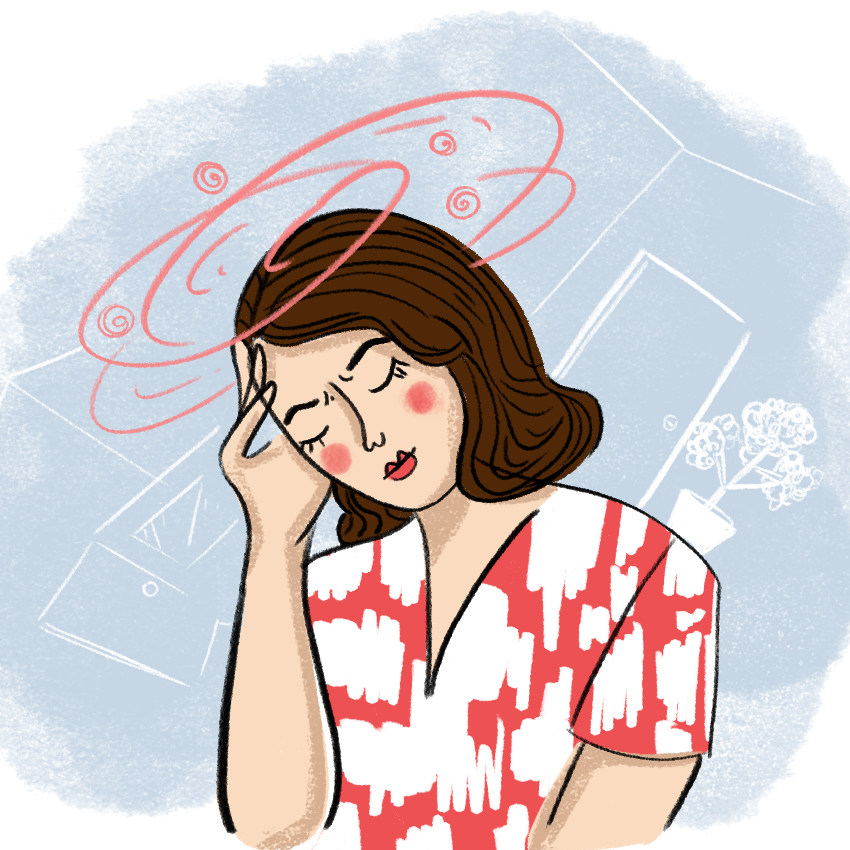
A chronic migraine is defined by its frequency. The word chronic means happening over and over, so these migraines are ones that occur often. To qualify as being chronic, the patient has to suffer from headaches for at least half of an entire month, for at least three months in a row.
Chronic Migraine Symptoms 1. Frequency
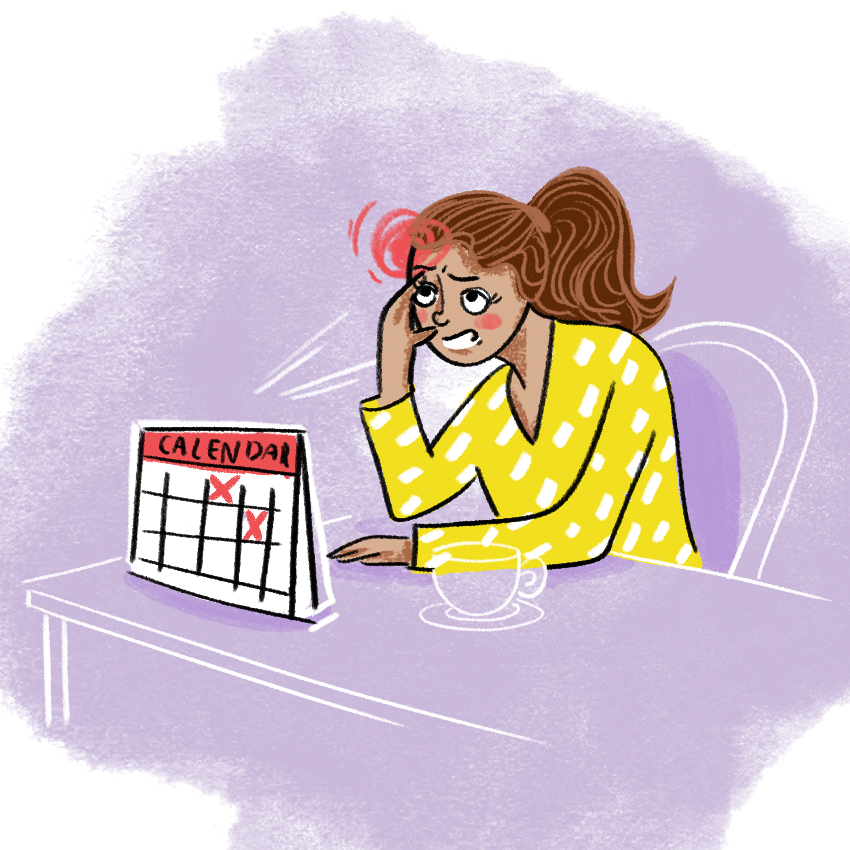
According to the International Headache Society, if you're experiencing a headache for at least 15 days out of the month for at least three months, chances are you suffer from chronic migraines. About 1% of the population suffers from chronic headaches.
2. Severe Throbbing
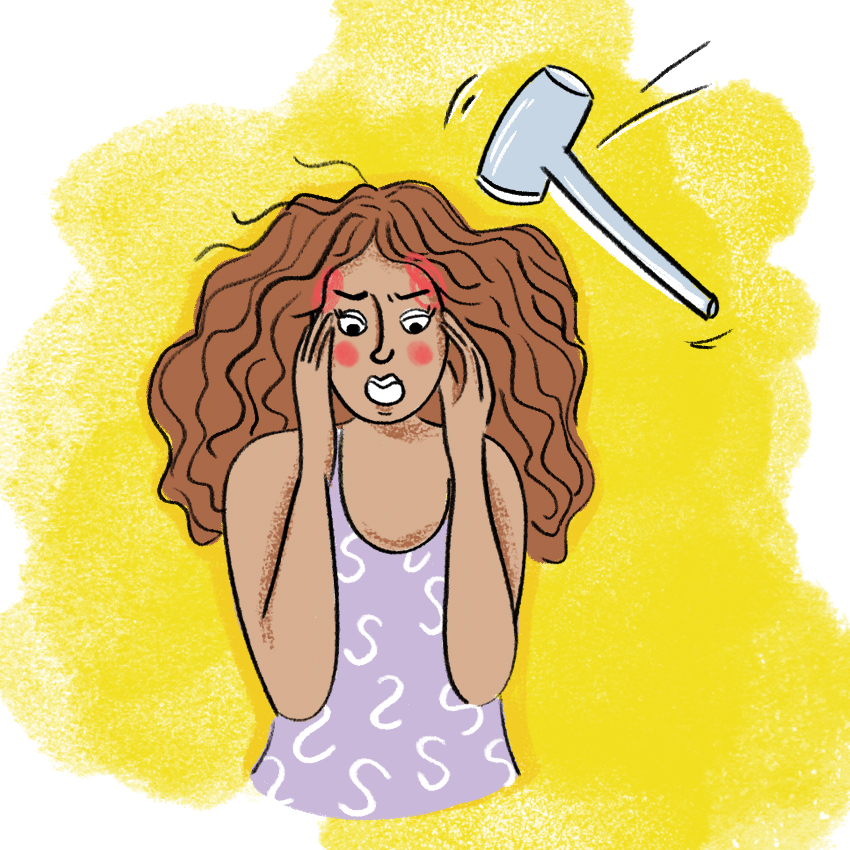
If you experience a severe throbbing pain or a pulsing sensation in your head, chances are it's a migraine. For some reason, the pain is usually more prominent on one side of the head. It can become so painful that all you want to do is lie down and close your eyes.
3. Nausea

A chronic headache episode can be disabling in a number of ways. Sufferers also often experience extreme nausea. It's common for people with migraines to become so nauseous they throw up.
4. Sensitivity
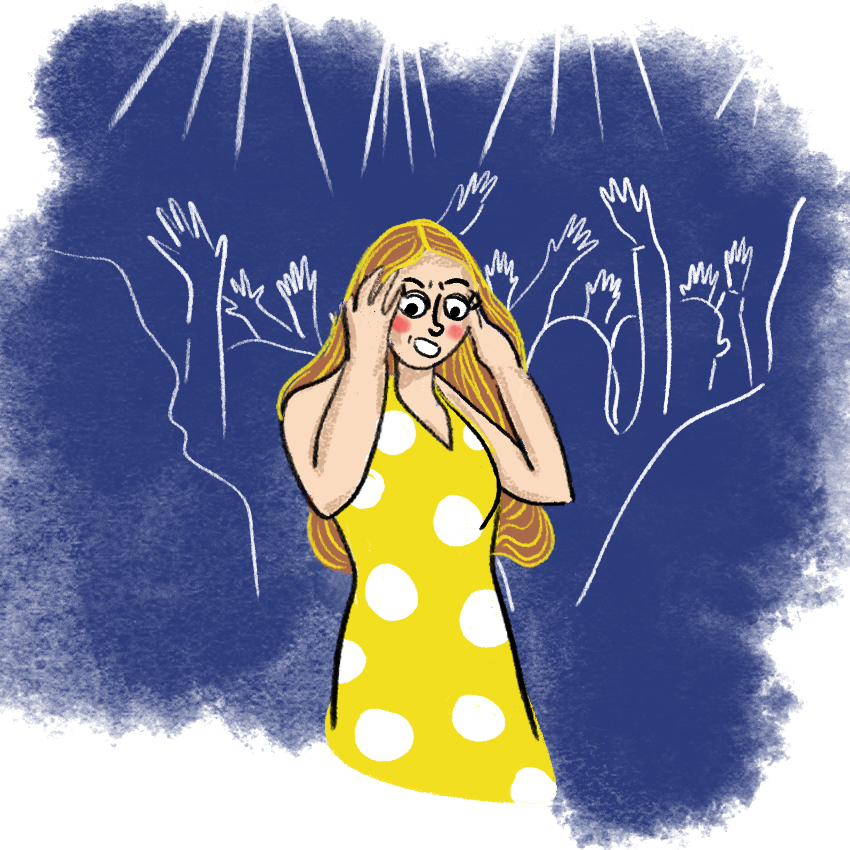
As if the throbbing pain isn't enough, migraine sufferers often also feel extremely sensitive to both light and sound. Any little noise can make the headache so much worse, and direct sunlight can also be extremely uncomfortable. The best way to get through a migraine is to limit your exposure to light and sound and to just rest until the pain stops.
5. History
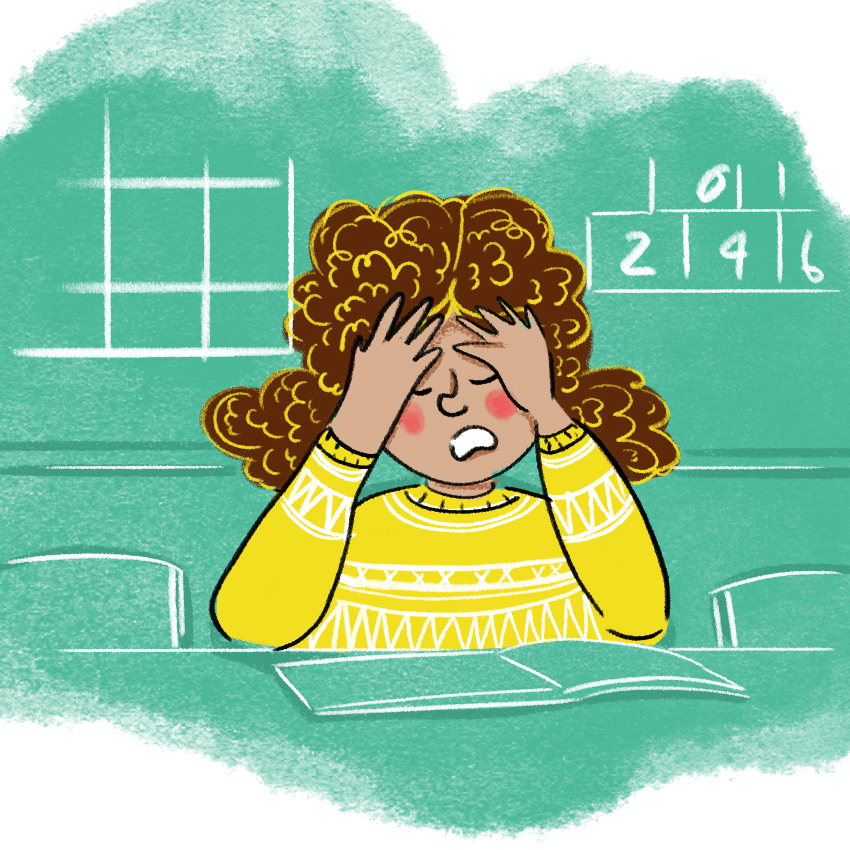
Most adults who experience chronic migraines have dealt with them for a long time. These migraines usually begin during childhood or early adulthood. Migraines are said to peak during your 30s before gradually becoming less severe.
6. Constipation
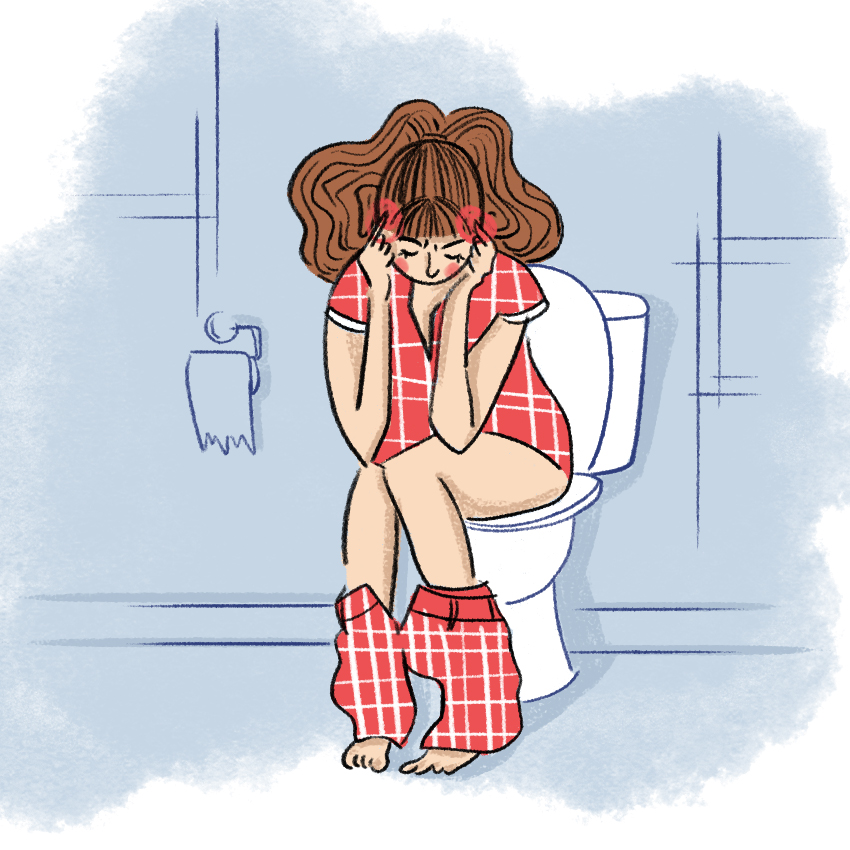
Can you believe migraine headaches can also somehow affect your bowel movements? Well, they do. Constipation is one of a number of subtle changes that you can look out for a couple of days before a major migraine hits.
7. Blurred Vision

Aside from sensitivity to both light and sound, chronic migraine sufferers might also experience blurred vision. This is actually one of the most reported symptoms, along with throbbing head pain and nausea.
8. Food Cravings
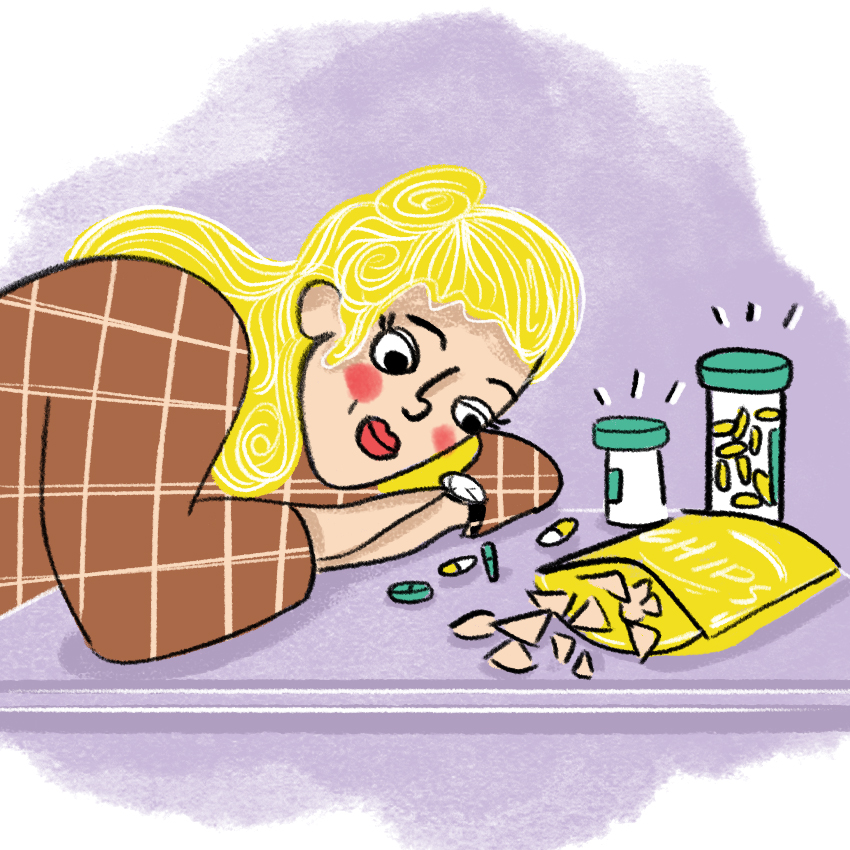
One or two days before a migraine headache comes on, patients often report getting specific food cravings. It's another subtle change you can look out for that warns about a major episode coming on.
9. Yawning
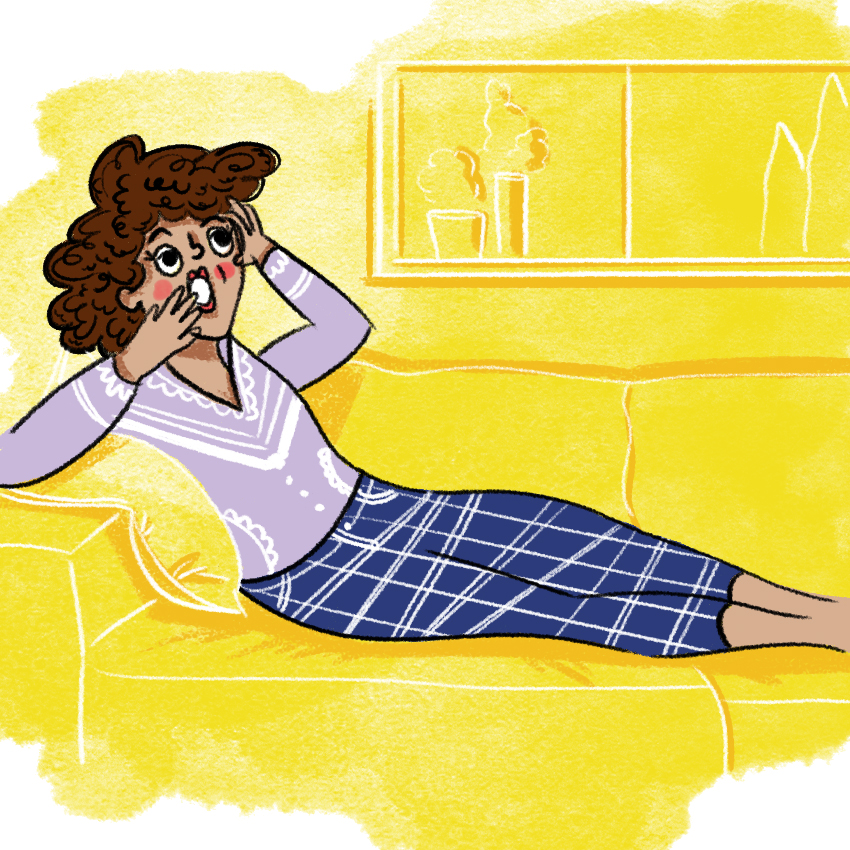
If you're prone to getting migraine headaches and catch yourself yawning a little more than usual, pay attention. Frequent yawning is another telltale sign that a chronic migraine is just a few days out.
10. Increased Thirst and Urination

Another warning sign you should look out for if you tend to get migraines on a regular basis is an increase in thirst. Are you drinking more water than usual? Are you peeing more, too? Increased thirst and urination are signs that you might have a migraine coming on.
11. Lasts Between 4 and 72 Hours

If left untreated, a migraine can last anywhere from a few hours to 72 hours. The length of the pain is also how you know it's not a usual headache. The duration of the pain is a dead giveaway you're dealing with a migraine.
Common Treatments

The most common way to treat migraines is by taking either over-the-counter or prescription medication once your headache hits. Some people even take over-the-counter pills as preventative medicine. People also use DIY techniques such as rubbing their temples, tying on a bandana, or using ice and heat packs to offer some temporary relief.
When to See a Doctor

If you're experiencing chronic migraines for a prolonged period of time and not getting any relief with over-the-counter or prescription medications, it might be time to see a specialist. A neurologist will most likely want to know all about your symptoms and medical history to drill down to the exact cause of your headaches.




